[Know the round table] Can we get DNA from amber?
Author:Chinese Academy of Sciences So Time:2022.06.13
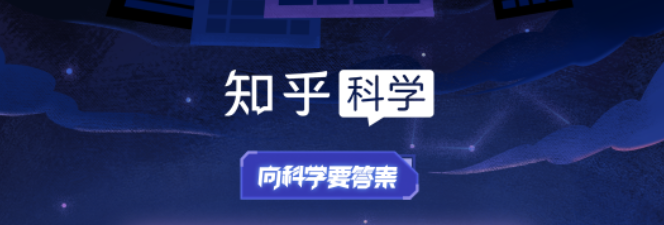
We are likely
Is DNA extracted from amber?
On May 18, 2022, it was known that the science science was written to the future solicitation, and many scientific research experts and young scholars were invited to tell the latest research breakthroughs in the problem.
"Can we get DNA from amber?" It has been attracting the attention of the public. Scientists have also tried. Jiang Hui from the Nanjing Institute of Geology, the Chinese Academy of Sciences, combined with its scientific research results to take everyone to find future answers.
Amber is a kind of resin fossil, derived from plant roots, stems (main secretions) and leaf -secreted resin. If the resin wraps some creatures before solidification, these creatures will have the opportunity to be stored in the resin fossils as a fossil. However, amber is not simply hard -hard resin.
After the resin is solidified, it will be exposed to the air for a long time, and it will be exposed to the air. After experiencing a series of physics, chemistry, and biological effects on the surface, the resin staying resin has the opportunity to be buried in the sediment and then experienced the rock. Essence
The biosi -preserved biosius in amber is often lifelike, so that people often think about whether they can extract DNA from it to make these lives a new life. Revisiting the classic fragments in Jurassic Park 1, "an experiment drilled a channel to a mosquito in amber, and then used a syringe with a long needle to absorb the material in the mosquito body and extracted it. With the blood of dinosaur DNA, and to resurrect the dinosaur ... "Since then, the idea of extracting DNA from amber has been well known to the public.
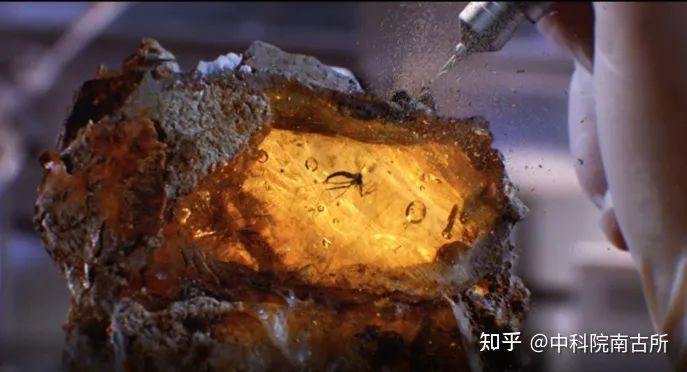
Figure 1 The movie "Jurassic Park 1" uses an electric drill to drill the amber to extract dinosaur blood from amber mosquito. Source: movie "Jurassic Park 1" picture
In fact, before the movie "Jurassic Park 1" was released, scientists were trying to extract DNA from amber. The earliest proposal to extract DNA from amber is the paleontologist George Poinar Jr.. In the 1980s and 1990s, with the rise of DNA expansion and sequencing technology, the scientific session set off a wave of research on ancient DNA. The lively creatures in amber were given great hope of discovering the ancient DNA.
At that time, many scientists reported the research results of the successful DNA from the contents of amber biology. These fossil objects include bees, termites and beanic plants in the Sino -Singapore Dominican amber, and the elephant nose in the early Lebanon Amber. Even Laul J. Cano later claimed that dormant yeast was found from Myanmar amber, and used this as a gimmick to open a winery called "fossil brewing", which promoted the use of "ancient yeast bacteria bacteria "Brewery beer.
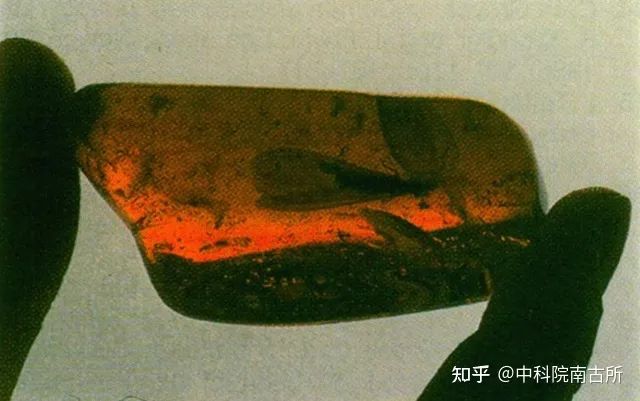
Figure 2 extinct termites in Dominican amber; DNA is extracted in other specimens of the same kind of termites and sequencing. Source: Desalle et al., 1992 (It was confirmed that it was later pollution after the research results)
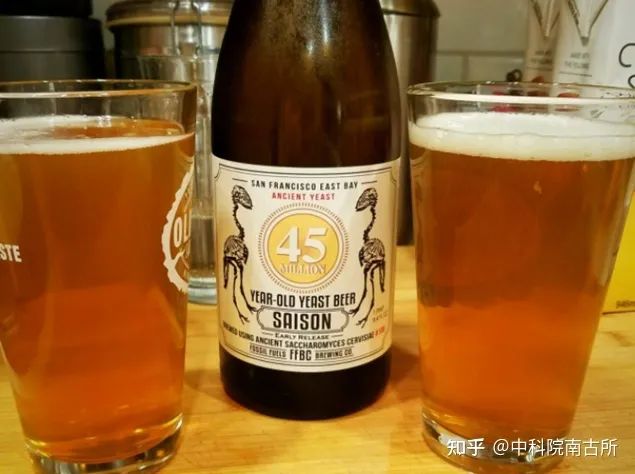
Figure 3 Researchers claim to use the beer brewed by ancient yeast extracted from Myanmar amber. Source: Fossil Fuels Brewing
Of course, the results of the previous research have been proven to be wrong. Further research on modern times has not been able to extract DNA from the amber specimen of the same era. The experimental results cannot be copied and verified independently. The ancient insect DNA sequences published in some studies have also proved to be other insects or fungal sequences, which are caused by pollution. In short, there is no confident research that amber can extract DNA.
So, can DNA be extracted from amber?
This is based on the nature of DNA itself and the formation of amber. Ancient DNA refers to the genetic substances (deoxyuraogenic acid) remaining in ancient biological remains, and ancient creature molecules containing biological genetic information. For living creatures, there is a specific mechanism in the cells used to repair the DNA sequence that is damaged at the time. After the death of creatures, the cell structure will be damaged, and the nucleic acid enzymes in the cell will actively cut DNA, resulting in DNA breaks, hydrolysis, oxidation and cross -linking effects will also degrade DNA. With the rotten of biological remains, the growth of microorganisms will further accelerate the degradation of DNA. However, under special circumstances, environments such as fast drying, cold, and high salt are not conducive to the growth of microorganisms to slow down the degradation of DNA, but these conditions cannot prevent the end of DNA from dying.
Researchers and other researchers such as Morten AlLENTOFT conducted an ancient DNA extraction research under different preservation conditions (8000-600 years ago). The upper limit of time is about 1.5 million years. At present, the oldest ancient DNA sequence from humans is about 1.65 million years (based on the genetic annual method) to 1.1 million years (based on the age of sediment). The fierce ivory fossil.
In 2020, researchers such as Solórzano-Kraemer and other researchers made a new definition of amber, arguing that amber should refer to resin fossils that were old in the update, and the time was not too later than 2.58 million years ago. Because this age is more than 1.5 million years, according to the above limit of the time preserved by the ancient DNA, it seems unlikely to save DNA fragments with genetic information. In addition, some amber burial studies also show that the formation of amber formation is not conducive to the preservation of biological containing DNA. First of all, amber is stored in sedimentary rocks, which means that amber will inevitably experience a rock. In the process of Chengyan, amber will be high -temperature and high pressure like the surrounding sediment. This condition is not conducive to the preservation of DNA.
Figure 4 shows the process of Myanmar amber insect fossils. Source: From jiang et al., 2022
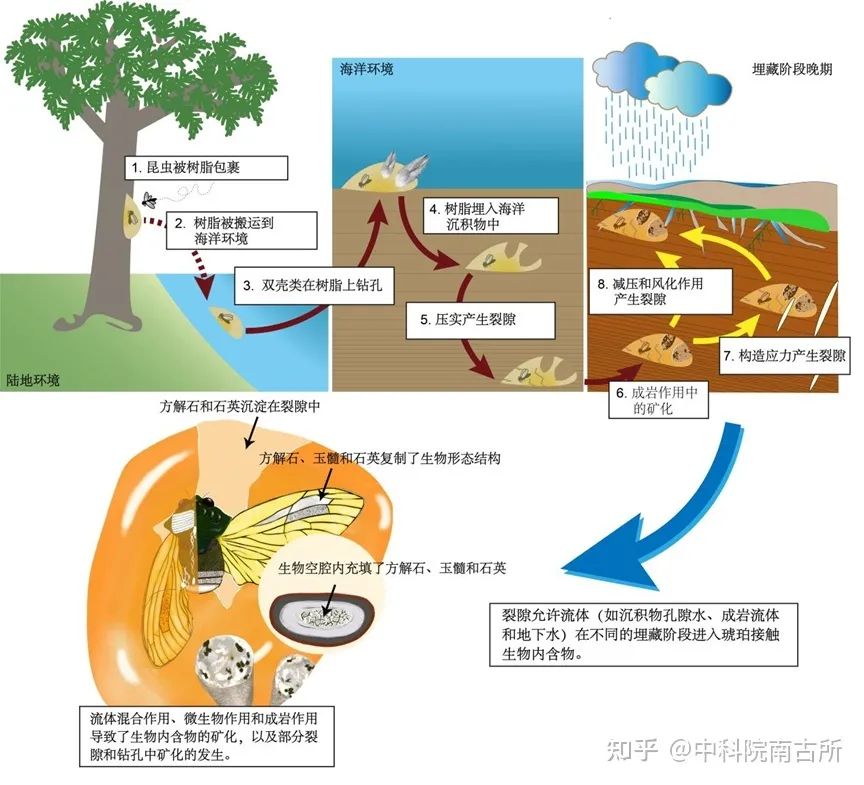
Recently, the study of the Nanjing Institute of Geology, the Chinese Academy of Sciences, has shown that (non -biological) mineralization is generally preserved in amber. Typical examples are insect fossils preserved in the form of squares and silicon minerals found in Amber found in Myanmar. This type of mineralized specimen indicates that amber is not always a completely closed system. The fluids that carry mineralized chemical components can enter amber from the outside world along the amber crack. Once the fluid enters the amber to contact the internal content of the biology, it will accelerate the degradation of organic matter. The mineralization process itself will also destroy or replace organic matter. Even if the biological contents in the amber are not mineralized, the cracks or microcosmoscope visible to the naked eye seem to exist in amber. Therefore, whether before the role of the rock, when the rock is used, or the later transformation, the fluid may enter the resin (Koba or Amber) along the crack, which will affect the preservation of the inner content.
Mineralized biological fossils in Amber in Myanmar also show that the role of Chengyan has a huge impact on the preservation of amber biological content. The organic residue of biofolm in amber has also been proven to have been transformed. It is a stable polymer formed after the oxidation cross -linking effect in the rock.
Figure 5 The short -pulse insect specimen of Myanmar amber. Source: jiang et al., 2022
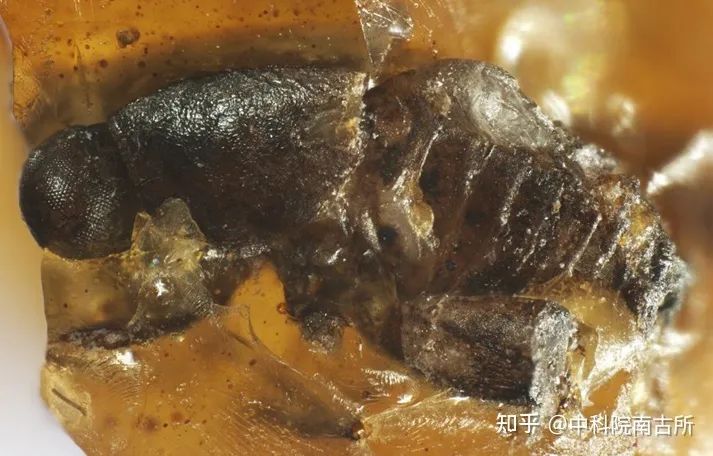
It can be seen from the above studies that we cannot extract an ancient DNA sequence containing genetic information from amber. It is also impossible to extract dinosaur blood from mosquito in "Jurassic Park 1", because the blood absorbed by mosquitoes will also disappear during the formation of fossil formation. No matter how rigorously, every step of the DNA experiment from the amber experiment from "Jurassic Park 1" faces pollution problems, such as exposed air, drilling needles to amber drill, and injection needle needle, etc. It is possible to bring DNA from the outside world to cause pollution to the sample. These problems also exist in modern research.
In modern research, the first most important thing for ancient DNA research is to minimize laboratory pollution and sample pollution. Measures to reduce laboratory pollution include the setting of ultra -net laboratories, pay attention to the effects of external factors such as experimental instruments, reagents, and personnel operations. To determine whether the sample pollution, it is necessary to compare and analyze judgments from the real data results, experiment methods and processes, control experiment results, theoretical model results, etc. In short, the research of ancient DNA has extremely strict requirements in terms of samples, laboratory conditions, experimental technology, theoretical methods, etc. This makes us want to extract DNA from amber.
Seeing this, many friends may think that we can no longer extract DNA from amber. Is it really a little bit of hope?
In 2021, paleontologist Alida Bailleul and Li Zhiheng summarized the ancient DNA fossil records before the update of the world. It was believed that the predecessors found the nucleus and chromosomes suspected of ancient DNA in the plant fossils of the new generation, the new generation and the Baiji period. These ancient DNAs were observed through the dyeing method, and they cannot be obtained by extracting and sequencing.
Figure 6 The cells and nucleus dyeing cells and nucleus in the new world and the white -cricket dinosaur. Source: bailleul and li, 2021 A: about 80 million years ago, special storm dragon osteoblast, Folder dyeing liquid staining; B: about 66 million years ago, overlord dragon bones, Herston dyeing liquid staining; C: about 4500 4500 Topanic and tender branches, all chromosome dyeing; D: 55 million years ago Peach Jin Niang's plant fruit, Forman dyeing liquid, Alxy and Olishu woody staining; E: about 66 million Overlord keel cells, iodide biopine stains; F: about 75 million years ago AFC Dragon cartilage cells, iodide blesal staining; Dye
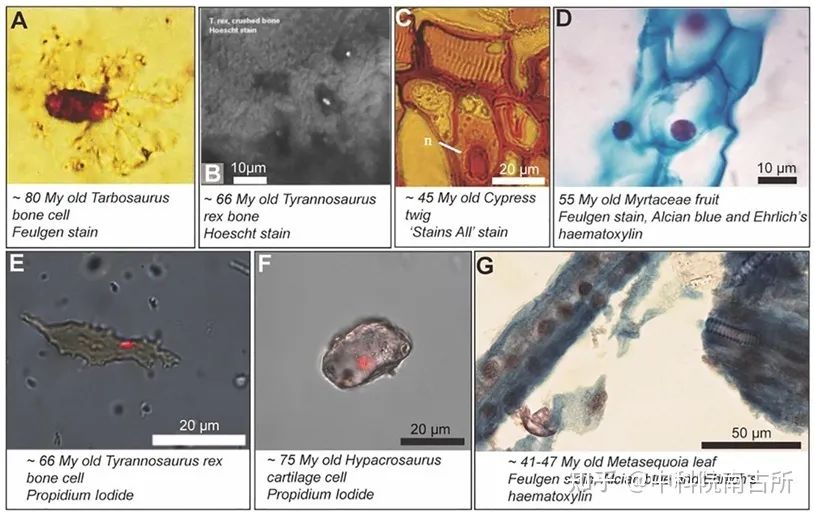
The data of the tissue chemistry and cytochemicals of the fossil nucleus proves that the earlier hypertrophic DNA preserved in the earlier fossils is not from external pollution. Studies believe that when the ancient DNA is not successfully extracted from the fossils, there are two main possibilities: 1) It is indeed no ancient DNA in fossils, or 2) to retain the products of the fossils that retain the ancient DNA hypermid products, but according to the current extraction method and method and the method of extraction and the method of extraction Sequential technology cannot be obtained for the time being. The results of these studies show that there is still great space worthy of whether the older fossils can be preserved and extracting the ancient DNA is worth verifying and exploring. More scientific research needs to be carried out. It seems that we can still have a trace of expectations. ◎ Thesis related information:
Allentoft, M.E., Collins, M., Harker, D., Haile, J., Oskam, C.L., Hale, M.L., Campos, P.F., Samaniego, J.A., Gilbert, M.T.P., Willerslev, E. and Zhang, G., 2012 The Half-Life of DNA in Bone: Measuring Decay Kinetics in 158 Dated Fossils. Proceedings of the Royal Society B: Biology sciences, 279 (1748), pp. 4724–4733.
Bailleul, A.M. and Li, Z., 2021. DNA staining in fossil cells beyond the Quaternary: Reassessment of the evidence and prospects for an improved understanding of DNA preservation in deep time. Earth-Science Reviews, 216, p.103600.
DeSalle, R., Gatesy, J., Wheeler, W. and Grimaldi, D., 1992. DNA sequences from a fossil termite in Oligo-Miocene amber and their phylogenetic implications. Science, 257(5078), pp.1933–1936 Then, then, then
Hebsgaard, M.B., Phillips, M.J. And Willerslev, E., 2005. Geology Ancient DNA: Fact or ArteFact ?. Trends in Microbiology, 13 (5), PP. 212–220.
Jiang, H., Tomaschek, F., Drew Muscente, A., NIU, C., NYunt, T.T., Fang, Y., Schmidt, U., CHEN, J., Lönartz, Mähler, B. AND WAPPLER, T., 202. WideSpream Mineralization of Soft‐Bodied Insector in Cretaceous Amber. Geobiology, 20 (3), pp. 363–376.
Peris, D., Janssen, K., Barthel, H.J., Bierbaum, G., DelClòs, X., Peñalver, E., Solórzano-Kraemer, M.M., Jordal, B.H. AND Rust, 2020. DNA FROM Resin- Embedded organisms: Past, present and future. Plos One, 15 (9), P.E0239521.
Then, then, then
van der value, t., pearová, p., díez-del-molino, d. et al., 2021, million-year-out dna sheds light on the geenomic history of mammoths. Nature, 591, pp. 265–26999999Then, then, then
Copywriting | Jiang Hui (Nanjing Institute of Geological Paradise of the Chinese Academy of Sciences)
Capture Edit | Liu Yun
Copywriting review | Chen Xiaogen
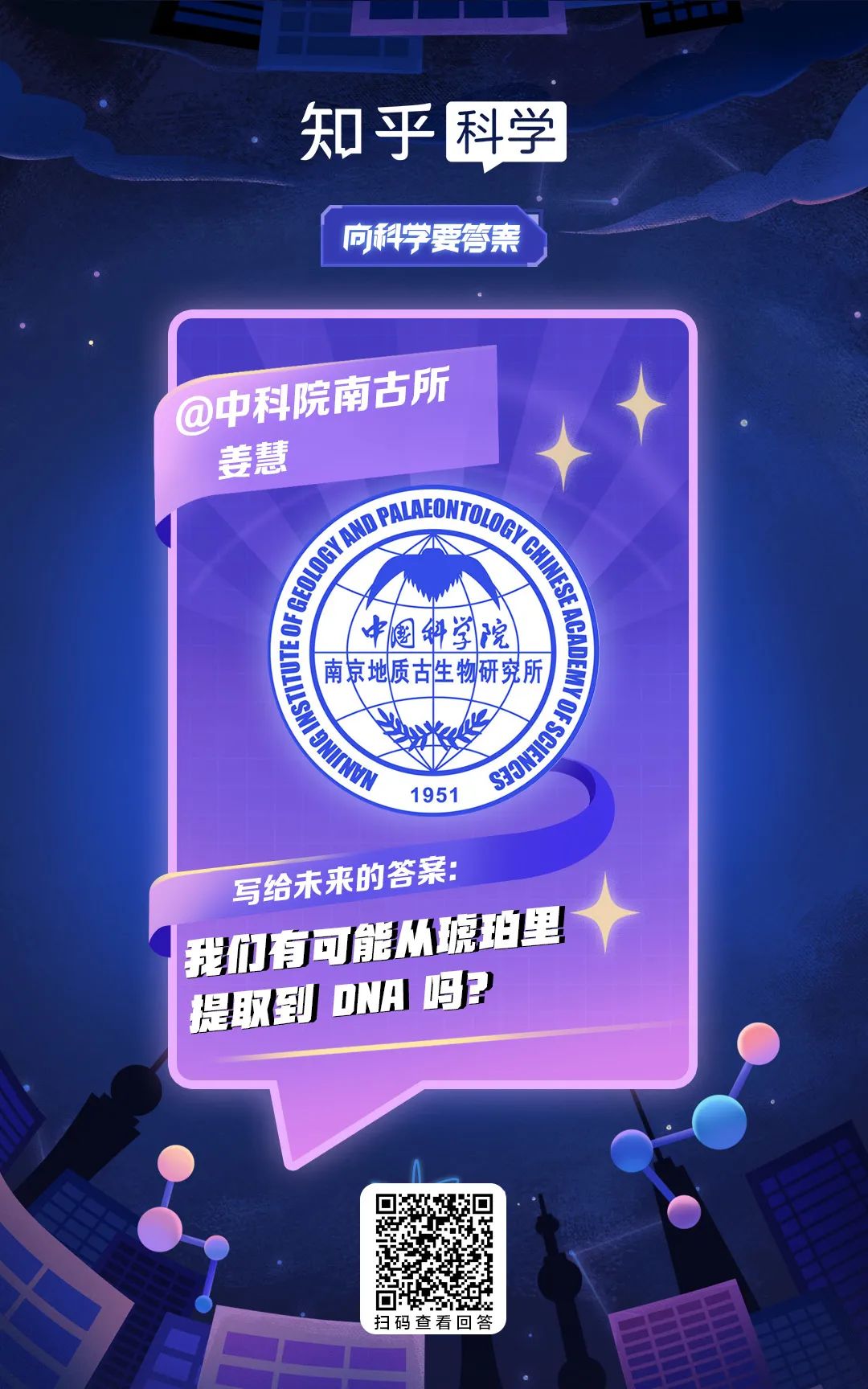
- END -
The Chinese research team found that the drug combination that can induce all -around stem cells

Xinhua News Agency, Beijing, June 22 (Reporter Peng Qian) From cloned technology t...
Deep development in Dashan, Qin Feng Chuyun dialect -Rural Revitalizing Academician Activities Expert Group to Laosi
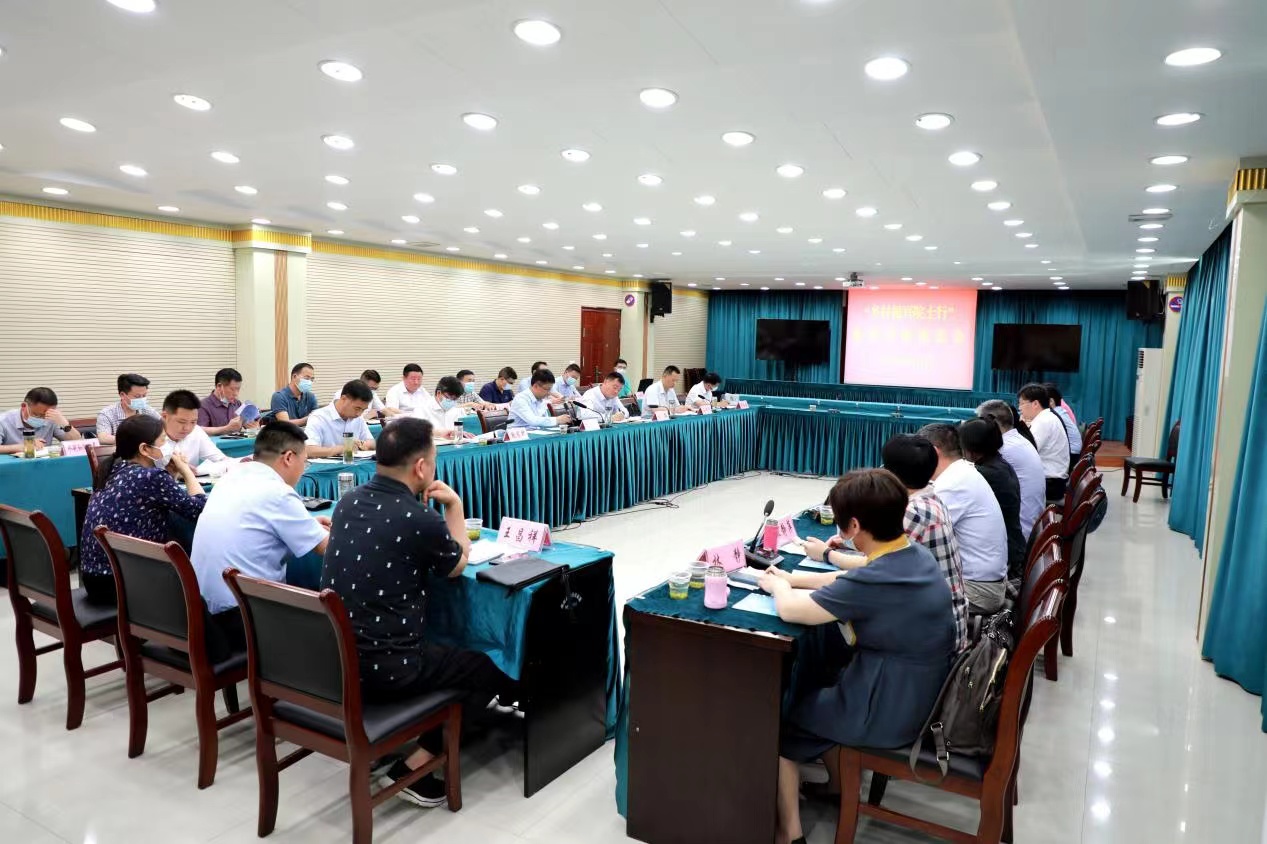
With more than 4,000 years of history, the ancient city of Shangjin ushered in a n...